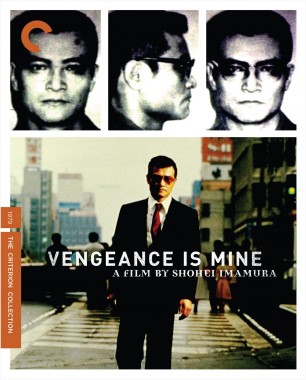Violence at Noon

Violence at Noon concerns the odd circumstances surrounding a horrific murder and rape spree. In a twist, the film is as much about the two women who protect the violent man—his wife and a former victim—as it is about him. Containing more than two thousand cuts and a wealth of inventive widescreen compositions, this coolly fragmented character study is a mesmerizing investigation of criminality and social decay.
Available In

Cast
- Saeda Kawaguchi
- Shino Shinozaki
- Kei Sato
- Eisuke Oyamada
- Akiko Koyama
- Matsuko Koura
- Rokko Toura
- Genji Hyuga
- Taiji Tonoyama
- School director
- Fumio Watanabe
- Inspector Haraguchi
- Teruko Kishi
- Shino’s grandmother
Credits
- Director
- Nagisa Oshima
- Cinematography
- Akira Takada
- Editing
- Keiichi Uraoka
- Music
- Hikaru Hayashi
- Producer
- Masayuki Nakajima
- Screenplay
- Tsutomo Tamura
- From the story by
- Taijun Takeda
- Art direction
- Jusho Toda














